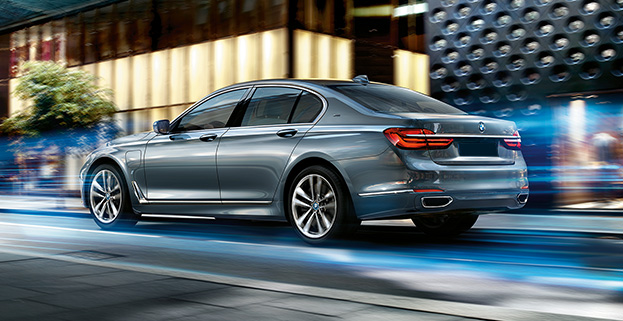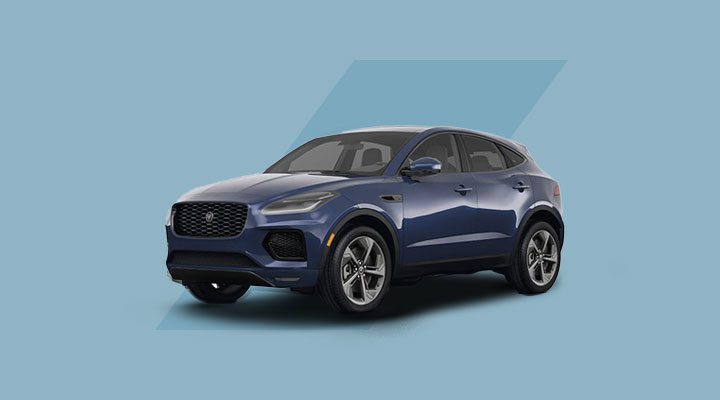We’ll keep you one step ahead and answer any fleet challenges you have together. You asked, our consultancy ‘Bright Sparks’ answered:
It’s an exciting time for fleet development with lots of new and innovative technologies set to revolutionise the industry in the next 10 years. With the focus on clean air, advancements in autonomous technologies, new viable vehicle releases and the appetite from millennials for cleaner travel solutions, we are possibly only one to two replacement cycles from an increasing number of fleets moving to electric for the majority of their travel needs.
In 10 years we will be well on the way to transitioning to primarily cleaner technologies and company car fleets will have played a fundamental role in increasing air quality in our towns and cities.
How will Clean Air Zones (CAZs) impact my fleet?
From the proposals released to date, it appears that CAZs will most likely impact non-Euro 4 petrol and non-Euro 6 diesel compliant vehicles, and wherever possible councils are looking to exclude cars and LCVs from any charging structures. There is no standard however, and some councils are taking a more restrictive view than others. The projected implementation dates are from 2019, therefore we would expect with typical replacement cycles of up to 48 months, the vast majority of fleet vehicles will be compliant. Of greater impact here could be cash takers or grey fleet cars which are on average 8+ years old and could fall foul of charging, if not under current plans, in future changes to CAZ qualification criteria.
For HGVs, where the replacement cycle is typically longer, a financial impact is likely, since they tend not to be exempt from any charging proposals within CAZs. We continue to push for acknowledgement and support from each local authority to be given to business critical fleets to allow them to transition to cleaner technologies at the right pace which is not financially punitive.
When should we ‘go electric’?
We think we’ll see the ‘tipping point’ by 2025 where a number of factors will push electric into being a more feasible fleet option, including:
- Company car tax rate reduces significantly for electric (from 16% to 2% in 2020) so drivers will be incentivised to move into electric cars.
- Manufacturers’ electric line-ups will be more varied with key lower cost cars being included in their expanded electric vehicle offering.
- Continuation of the electric car grant and reduction in battery costs will help achieve cost parity.
- Increased electric range and government investment in charging infrastructure which will improve the situation for fleet drivers, with more options for charging their vehicles on the road.
Do tax changes mean a fleet overhaul?
The current key issue with company car tax is uncertainty both from the introduction of the new Worldwide harmonized Light vehicles Test Procedure (WLTP) and lack of clarity on rates from 2021 onwards.
Whilst we are in a transition period and the new car tax landscape and Benefit-in-Kind costs from WLTP tested vehicles is unknown, it is important fleets don’t make rash and drastic fleet policy changes. Instead, in the short-term minor changes should be considered to alleviate the pinch points on choice list availability and cost management with a longer-term strategic review of policy made once we are through the full transition.
At Zenith our Consultancy team and Board sponsors are working closely with industry bodies, such as the BVRLA, to help advise government of the impacts of the current company car tax regime and movement to WLTP so they can account for this in future announcements on company car tax.

Challenge our Bright Sparks
Want to be one step ahead? You can ask us anything! Submit a question to our Bright Sparks today.



